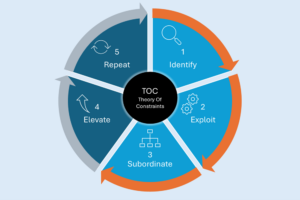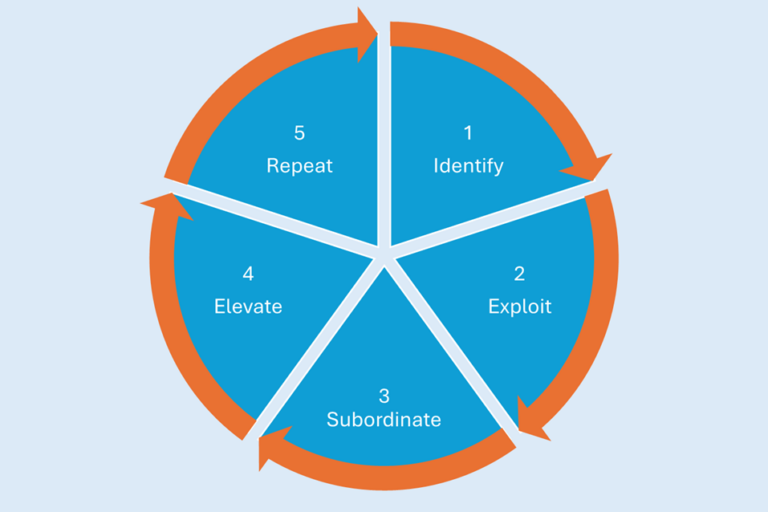Forecast accuracy is a never-ending topic of discussion in the supply chain community.
Academics research the topic. Vendors try to incorporate big data and sophisticated machine learning engines. Social networks host debates about the best way to measure reliability (MAPE is not good, WMAPE is better, FVA enables us to measure the efficiency of the process, and so on). The proponents of statistical forecasting fight with the proponents of probabilistic forecasting.
More recently, Artificial Intelligence has been held up as a potential savior. If only we could put exogenous and endogenous factors into a box — competitors’ prices, the weather, the various promotions underway, the mood of consumers, Putin’s mood and the latest whim of key influencers — bingo! we’d know what we’ll be selling tomorrow.
The Illusion of Forecast Accuracy
The image in the illustration of this post seems to me to describe well what it is about. The “science” of divination has always been very seductive. Who doesn’t dream about knowing the future? But, if we look at it more closely, all this scientific varnish and these means deployed to find precision in the crystal ball, it smells like a pseudo-scientific charlatanism very 19th century, no?
The fact is that an industry thrives on this quest for the holy grail of reliable forecasting. If you google “forecast accuracy,” you’ll get about 88 million hits. If you search for “forecasting software,” you’ll climb to 258 million!
In comparison, a search for “DDMRP software” will return a modest 43,000 entries… Sniff.
We were recently asked by a consulting firm to help a multinational company improve their demand management process. The problem expressed by this company is: “we have more than 100 people involved in the monthly generation of sales forecasts, but our accuracy is not good. How can we improve the accuracy and productivity of this process?”
The question is legitimate. Why invest that many resources for such a disappointing result?
This is not an isolated case. Many companies have large teams of “demand managers,” but the accuracy of their forecasts — when measured by traditional indicators — maxes out at 70% or 75% at the SKU level within the replenishment lead time.
The consulting firm in question therefore asked us the following question: “How does your software allow you to obtain better forecast accuracy, with increased team productivity?”
Ah, well, too bad. Intuiflow does not increase forecast accuracy. Our suite of solutions allows you to improve the availability of products, at the right time in the right place, according to the actual demand. It also improves the productivity of the teams involved, by focusing attention on the right priorities… and spending less energy on the futile pursuit of accurate forecasts.
The consulting firm in question will therefore look for a miracle solution from other vendors — since they are looking for a solution to improve forecast accuracy, with some predictive tricks, not a solution to improve product availability.
I don’t know about you, but sometimes I get the impression that part of the supply chain management ecosystem is walking on its head a bit, right?













